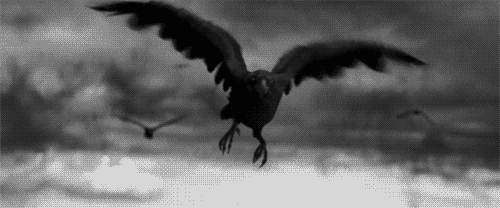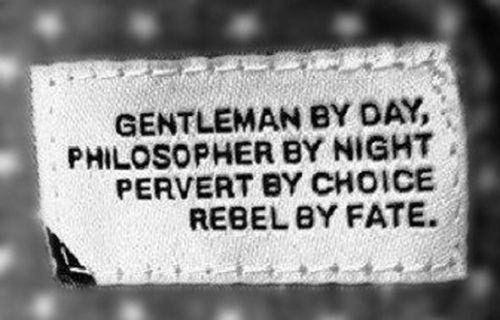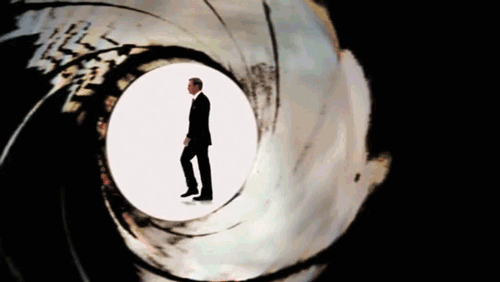
Joanna Eberhart (Katharine Ross) is a young wife who moves with her husband Walter (Peter Masterson) and two children from New York City to the idyllic Connecticut suburb of Stepford. Loneliness quickly sets in as Joanna, a mildly rebellious aspiring photographer, finds the women in town obsessed with housework and looking great, but with few intellectual interests. The men all belong to the clubbish Stepford Men's Association, which Walter joins to Joanna's dismay. Witnessing neighbor Carol Van Sant's (Nanette Newman) sexually submissive behavior to her husband Ted, as well as her odd, repetitive behavior after a car accident also strike Joanna as unusual.
Things start to look up when she makes friends with another newcomer to town, irrepressible Bobbie Markowe (Paula Prentiss). Along with glossy trophy wife Charmaine Wimperis (Tina Louise), they organize a women's liberation consciousness raising session, but the meeting is a failure when the other wives hijack the meeting with cleaning concerns. Joanna is also unimpressed by the boorish Men's Club members, including intimidating president Dale "Diz" Coba (Patrick O'Neal), who stealthily collect information on Joanna including her picture, her voice, and other personal details. When Charmaine turns overnight from a languid, self-concerned tennis fan into an industrious, devoted wife, Joanna and Bobbie start investigating, with ever-increasing concern, the reason behind the submissive and bland behavior of the other wives, especially when they learn they were once quite supportive of liberal social policies.
Spooked, Bobbie and Joanna start househunting in other towns, and later, Joanna wins a prestigious contract with a photo gallery with some photographs of their respective children. When she excitedly tells Bobbie her good news, Joanna is shocked to find her freewheeling and liberal friend has abruptly changed into another clean, presumably conservative housewife, with no intention to move from town.
Joanna panics and at the insistence of Walter, visits a psychiatrist who recommends she leave town until she feels safe. When Joanna returns home, the children are missing; Joanna and Walter get in to a physical scuffle. In an attempt to find her children, she hypothesizes Bobbie may be caring for them. When a desperate Joanna stabs Bobbie with a kitchen knife, Bobbie doesn't bleed or suffer, but instead goes into a loop of odd mechanical behaviour, thus revealing herself to be a robot.
Feeling she might be the next victim, Joanna sneaks into the mansion which houses the Men's Association to find her children, but chances upon the mastermind of the whole operation, Dale "Diz" Coba, and eventually her own robot-duplicate. It is then suggested that the Johanna-duplicate strangles the real Johanna; in the final scene, the duplicate is seen placidly purchasing groceries at the local supermarket, along with the other "wives."
The film was shot in a variety of towns in Western Connecticut, primarily in Westport and Fairfield. Tension developed between director Forbes and screenwriter Goldman over the casting of Nanette Newman (Forbes's wife) as one of the wives. Goldman had wanted the wives to be depicted as model-like women who dressed provocatively. But after casting Newman this was not to be, as Goldman stated he felt that Newman's physical appearance did not match the type of woman he imagined, and as a result this caused a change in appearance in costuming for all of the other wives. Goldman has said that he found Newman to be a perfectly good actress, however. Goldman was also unhappy with some rewrites that Forbes contributed. In particular, Forbes toned down Goldman's "horrorific" ending. Actor Masterson, who was friends with Goldman, would secretly call Goldman for his input on scenes creating additional stresses.
Forbes purposefully chose white and bright colors for the setting of the film, attempting to make a "thriller in sunlight". With the exception of the stormy night finale, the film is almost oversaturated with bright light and cheery settings. All the locations were actual places; no sets were built for the film. The film's tone is reminiscent of Levin's earlier work Rosemary's Baby, where it is unclear whether or not the film's protagonist is truly threatened or merely paranoid; in both cases, the films make the threat more concrete.























No comments:
Post a Comment